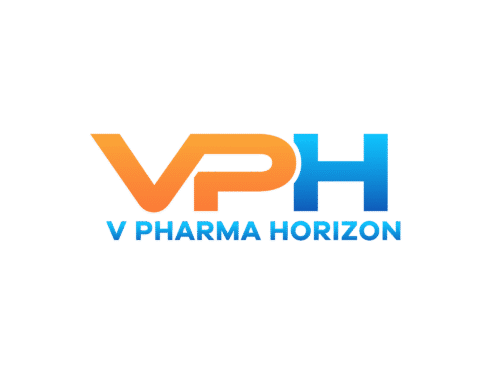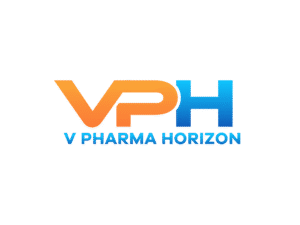Cloud-Based Platforms for Collaborative R&D in Pharma
In the high-stakes world of pharmaceutical research and development (R&D), collaboration is no longer a luxury—it's a necessity. With increasing complexity in drug discovery, rising costs, and the global distribution of expertise, pharmaceutical companies are

In the high-stakes world of pharmaceutical research and development (R&D), collaboration is no longer a luxury—it’s a necessity. With increasing complexity in drug discovery, rising costs, and the global distribution of expertise, pharmaceutical companies are turning to cloud-based platforms as a strategic enabler of collaborative innovation. These platforms are revolutionizing how researchers, clinicians, and data scientists connect, share, and accelerate the development of new therapies.
The Need for Collaborative R&D
The traditional siloed model of pharmaceutical R&D is becoming obsolete. Drug development involves interdisciplinary teams working across borders—biologists, chemists, AI specialists, clinical trial managers, and regulatory experts. Coordinating such efforts is both logistically challenging and data-intensive.
Add to this the push toward open science, public-private partnerships, and academic-industry collaborations, and it’s clear that the industry needs a technological backbone that enables real-time, secure, and scalable collaboration.
What Are Cloud-Based R&D Platforms?
Cloud-based R&D platforms are digital ecosystems that reside on cloud infrastructure (like AWS, Azure, or Google Cloud) and offer an integrated environment for:
- Data sharing and storage
- Real-time collaboration
- AI/ML model development
- Workflow automation
- Secure access control and compliance
Examples include platforms like Benchling for life sciences research, Veeva Vault R&D Suite for regulatory and clinical operations, and BioRender for collaborative scientific visualization.
Key Benefits of Cloud Platforms in Pharma R&D
1. Global Collaboration in Real-Time
Cloud platforms enable teams spread across continents to work simultaneously on the same data sets or documents. Whether it’s analyzing trial data or designing a new molecular compound, real-time updates eliminate duplication and accelerate decision-making.
2. Scalability and Flexibility
With the cloud, pharma companies can scale their infrastructure up or down as needed—ideal for handling surges in data volume during large clinical trials or genome sequencing projects.
3. Enhanced Data Integration
These platforms can aggregate data from various sources—omics data, EHRs, lab results, and patient-reported outcomes—into a unified, searchable repository. This breaks down information silos and supports more holistic analyses.
4. Faster Drug Discovery with AI/ML
Many cloud platforms come integrated with tools for machine learning and AI modeling, which can dramatically shorten the timeline for tasks like target identification, lead optimization, and biomarker discovery.
5. Improved Compliance and Auditability
Cloud platforms often include built-in tools for regulatory compliance (e.g., GxP, 21 CFR Part 11) and maintain detailed audit trails, making it easier to meet the stringent documentation requirements of global health authorities.
Use Case: Accelerating COVID-19 Research
During the COVID-19 pandemic, cloud-based platforms played a critical role in enabling rapid collaboration. Initiatives like the COVID-19 High Performance Computing Consortium leveraged cloud infrastructure to pool data and resources from pharmaceutical companies, academic institutions, and government agencies—facilitating breakthroughs in vaccine and therapeutic development at unprecedented speed.
Challenges and Considerations
Despite their promise, cloud-based platforms pose certain challenges:
- Data Security and Privacy: Handling sensitive patient and research data requires robust encryption, access control, and compliance with GDPR, HIPAA, and other regulations.
- Interoperability: Integration with legacy systems and different data standards can be complex.
- Change Management: Transitioning from on-premise systems to the cloud often requires a cultural and operational shift within organizations.
The Future: AI-Driven, Interoperable Ecosystems
Looking ahead, the next generation of cloud platforms in pharma R&D will likely emphasize:
- AI-assisted hypothesis generation
- Blockchain for secure data provenance
- No-code/low-code environments for wider adoption across roles
- Semantic data layers for improved interoperability and data reuse
These advancements could ultimately support a digital-first, patient-centric R&D model that brings safer, more effective drugs to market faster.
Cloud-based platforms are more than just IT infrastructure—they’re strategic tools reshaping how pharmaceutical innovation happens. By enabling seamless, secure, and intelligent collaboration, these platforms empower researchers to work together across boundaries, transforming the pace and precision of drug development in the 21st century. For pharma companies aiming to remain competitive and innovative, embracing the cloud is not just an option—it’s an imperative.






